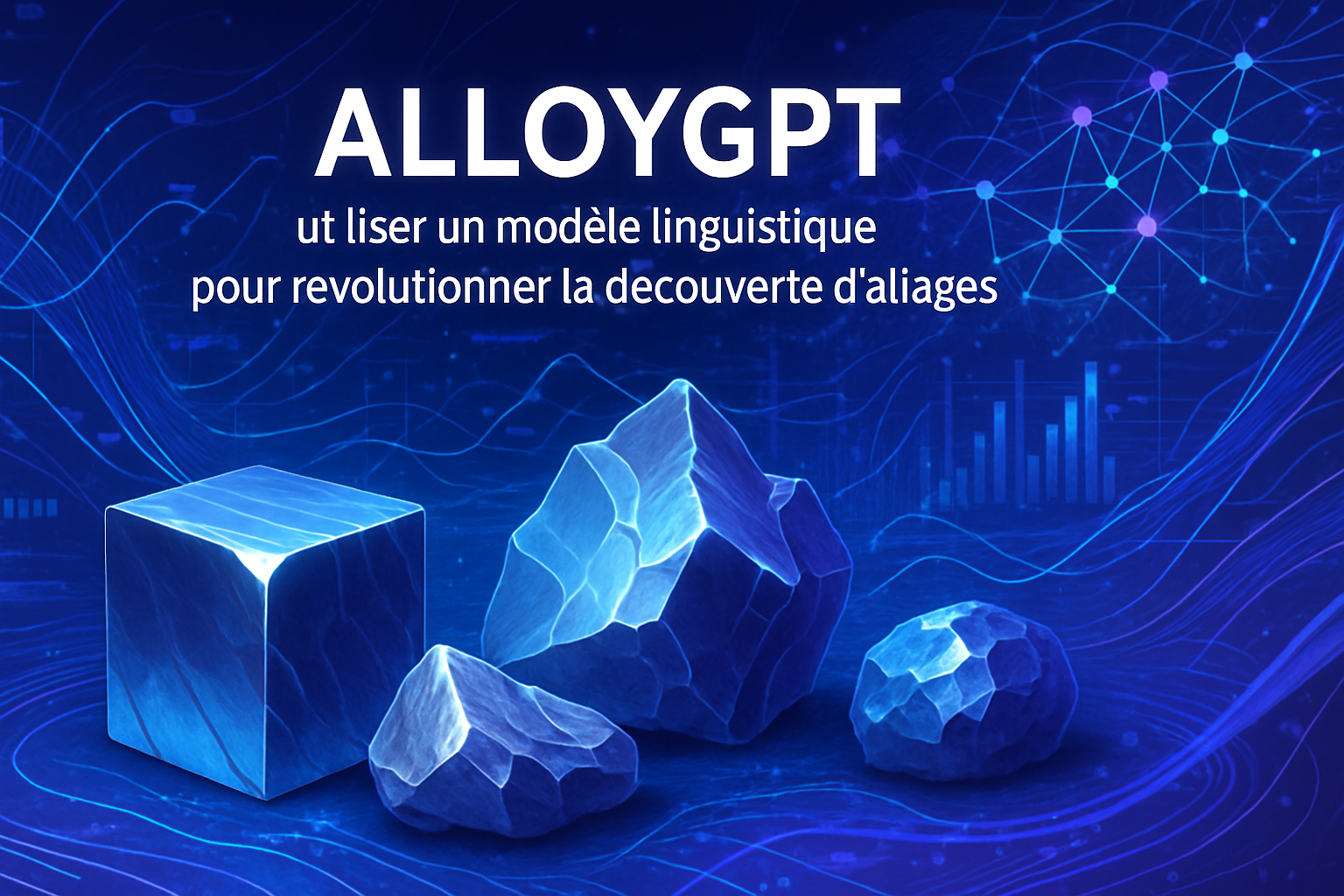The adoption of artificial intelligence carries strategic significance for Europe, particularly in light of China’s rapid ascent. EU companies are grappling with regulatory hurdles that hinder their ability to innovate effectively. The urgency lies in the need to adopt policies that promote and support the necessary innovation within this industry. How can Europe overcome this growing gap and foster robust adoption of AI technologies while ensuring the safety and prosperity of its citizens? The geopolitical, economic, and social stakes of this challenge are immense and deserve thorough analysis.
A Call for Increased AI Adoption
Kent Walker, Google’s president of global affairs, recently urged the European Union to ramp up the adoption of artificial intelligence (AI) through a smarter regulatory approach. At the Serious Competitive Europe Summit in Brussels, he described AI as a fundamental tool, regarded by philosophers and economists as an invention of invention methods, capable of transforming every aspect of modern life and redefining geopolitical leadership.
The Adoption Lag in Europe
Walker highlighted a deficit in AI adoption within the EU, with only 14% of European businesses utilizing this technology, compared to an impressive 83% in China. This alarming contrast has been attributed to intense geopolitical competition and significant government investments in China, which support the rapid integration of AI into the economy. This lag poses a challenge to the future prosperity and security of the continent.
Concerning Regulatory Obstacles
A complex regulatory environment is detrimental to EU businesses. According to Walker, more than a hundred new regulations have been introduced since 2019, leading to over 60% of companies believing that regulations are the main obstacle to investment. A study from the Danish government even estimated that these new regulations could result in additional costs of 124 billion euros per year for businesses and public administration.
A Three-Pronged Strategy for the EU
To address these challenges, Walker proposed a strategic three-pronged approach. The first step involves creating a simplified regulatory framework that fosters innovation while ensuring that regulation is targeted and balanced. He advocated for regulation that focuses on the real effects of AI, addressing specific regulatory gaps instead of applying general rules that could hinder beneficial applications.
Training and Reskilling
The second prong of the strategy aims to increase AI adoption among businesses and citizens. Walker illustrated the urgency of acquiring digital skills, revealing that Google’s new AI models are now 300 times more efficient than those from two years ago. He emphasized the need for public-private partnerships to accelerate training, asserting that Google has helped over 14 million Europeans acquire digital skills.
Trust as a Pillar of Adoption
Walker also noted that building trust plays a central role in the adoption of AI. Google’s AI solutions, such as the Sovereign Cloud, provide European customers with complete control over their data, thereby respecting local regulatory requirements. Partnerships with leaders like Thales in France and the Schwarz Group in Germany bolster this trust.
Innovation at Scale
The third prong of the strategy concerns scaling innovations. Walker directed the discussion towards possible scientific breakthroughs enabled by AI, such as those already achieved by Google DeepMind with AlphaFold, which created a database of nearly all known proteins, utilized by millions of researchers. Other tools like GNoME are revolutionizing materials science by discovering new materials that could have applications in energy and clean water.
A Call to Action for European Leaders
Walker ultimately urged European leaders to turn their ambitions into reality. He stressed the opportunity to eliminate regulatory obstacles for innovators, accelerate research through partnership, and mainstream the use of AI tools. This path could enable Europe to meet the challenge posed by geopolitical rivals such as China.
Frequently Asked Questions
What are the main regulatory obstacles hindering AI adoption in Europe?
Obstacles include complex and constantly evolving regulations, which hinder companies’ ability to innovate and swiftly adopt AI technologies. Over 60% of European companies consider regulation as their biggest obstacle to investment.
How has China managed to integrate AI into its economy faster than the EU?
China has implemented massive government investments and a more flexible regulatory approach that promotes the rapid expansion of AI across various sectors, allowing up to 83% of Chinese companies to already utilize generative AI models.
What is the rate of AI adoption in Europe compared to that in China?
Currently, AI adoption in Europe is around 14%, compared to 83% in China, illustrating a significant gap in the integration of this technology.
What initiatives does Google propose to improve AI adoption in Europe?
Google proposes a three-part strategy that includes simplifying the regulatory framework to encourage innovation, training the workforce to equip businesses and citizens with AI skills, and supporting innovation at scale.
How does Google support digital skills training in Europe?
Google has invested in public-private partnerships to accelerate digital skills training, having helped over 14 million Europeans acquire digital skills over the last decade, and has created a fund of 15 million euros to support access to AI training.
What role does Google’s infrastructure in Europe play in AI development?
Google employs 30,000 people in Europe and has invested in several infrastructures, including seven data centers and thirteen cloud regions, contributing to strengthening the AI ecosystem on the continent.
Why is it crucial for Europe to catch up in AI compared to China?
Catching up in AI is essential for the economic prosperity and geopolitical security of Europe, as AI now shapes nearly all aspects of modern life and will determine future leadership on the global stage.
What impacts have recent regulations had on business costs in Europe?
According to a study by the Danish government, new regulations could result in up to 124 billion euros in additional annual costs for businesses and public administration in Europe.
How can companies overcome the regulatory challenges related to AI adoption?
Companies need to collaborate with governments to develop balanced regulations that support innovation while respecting local requirements, and engage in pilot projects that demonstrate successful AI applications.






